Warming up before engaging in any physical activity is a crucial step that prepares the body for the increased demands of exercise. This preparatory phase gradually revs up the cardiovascular system, increasing blood flow to the muscles and raising the body’s core temperature. As a result, muscles become more elastic and responsive, significantly reducing the risk of injuries such as strains or sprains. Moreover, a proper warm-up enhances performance by improving efficiency in movements, reaction times, and overall agility. It also aids in flexibility, which is essential for maintaining a full range of motion in the joints and muscles, further safeguarding against injuries and allowing for optimal performance during the main workout. In essence, warming up is an investment in a safer, more effective, and potentially more enjoyable exercise session.
7 Essential Warmup Exercises for Your Routine
1. Dynamic Stretching
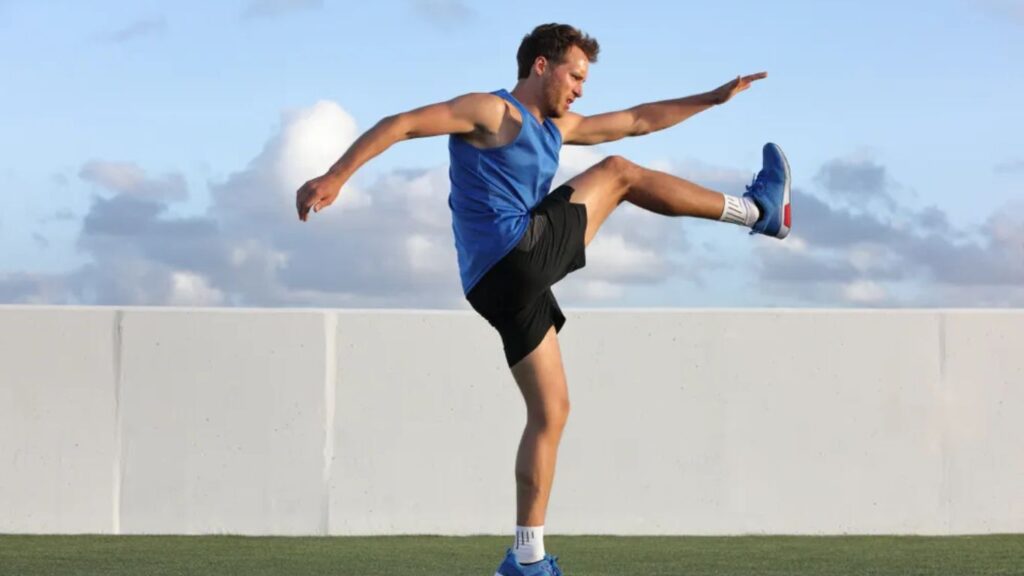
Dynamic stretching involves active movements where muscles go through their full range of motion, preparing them for physical activity by increasing blood flow and reducing stiffness. This type of stretching not only warms up the muscles but also enhances muscular performance and flexibility, which can help prevent injuries. Examples of dynamic stretches include leg swings, which engage the hip flexors and hamstrings; arm circles, which loosen the shoulders; and torso twists, which warm up the spine and abdominal muscles. These exercises are particularly beneficial as they mimic the movements of many sports and activities, providing targeted warm-up.
2. Jumping Jacks
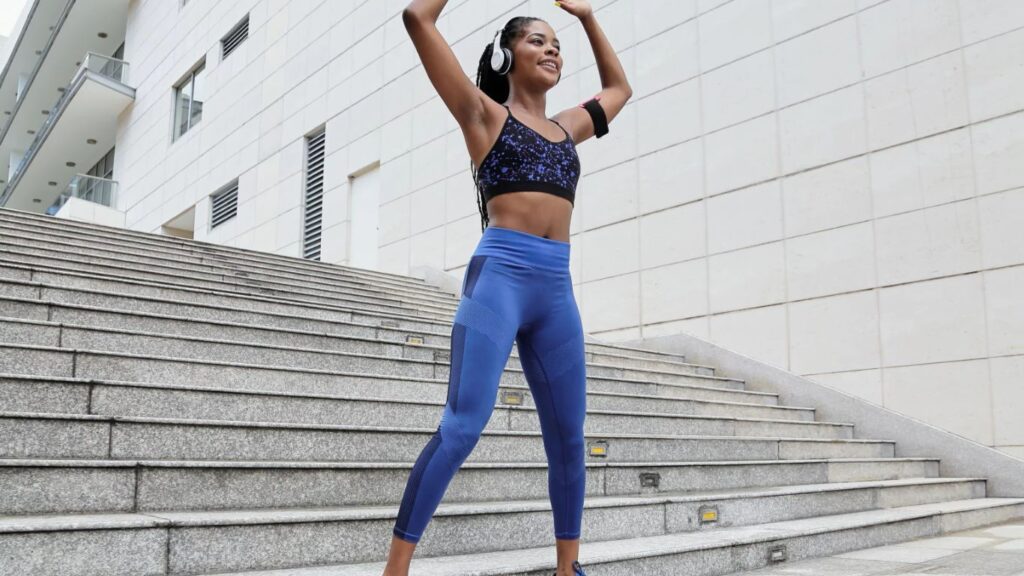
Jumping jacks are a classic cardiovascular exercise that effectively raises your heart rate and enhances blood circulation throughout the body. By repeatedly jumping with synchronized limb movements, you increase the demand on your heart and lungs, promoting cardiovascular health and improving endurance. The simplicity of the movement ensures that blood flow is optimized to various muscle groups, which is essential for preparing your body for more strenuous activities.
For those at different fitness levels, variations can be introduced. Beginners might start with a half-jack, stepping one leg out at a time instead of jumping. More advanced individuals can increase intensity by adding a squat between each jump or accelerating the pace to challenge endurance and agility further.
3. High Knees
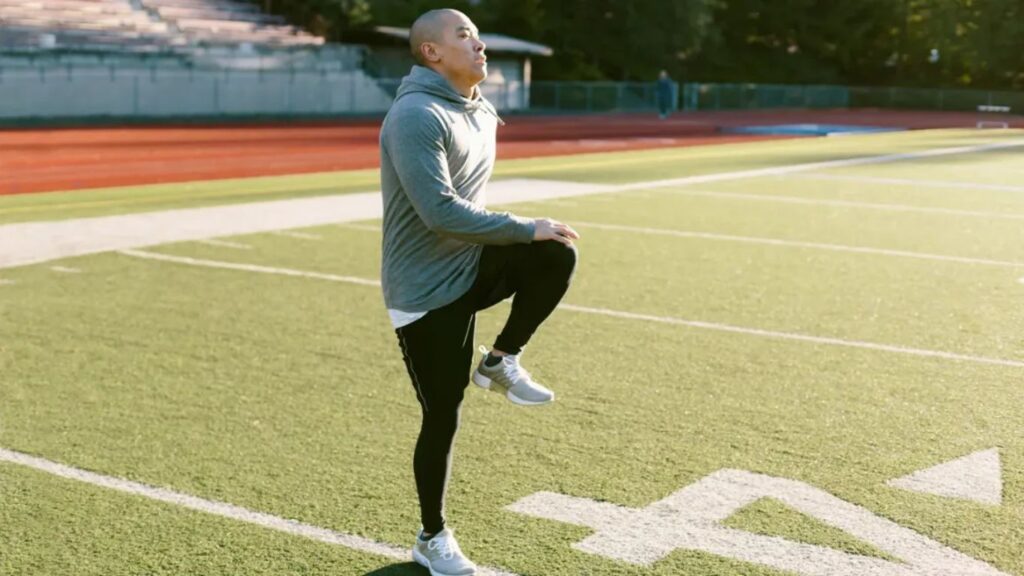
High knees are a dynamic warmup exercise that engages both the core and leg muscles, priming them for intense workouts. This exercise enhances cardiovascular endurance and increases muscle temperature, which can improve performance and flexibility.
To perform high knees correctly, stand straight and lift your knees to waist level while maintaining a fast pace. Ensure your back is straight and not hunched, and engage your abdominal muscles to stabilize your core. Pump your arms in sync with your legs to add momentum and increase heart rate. To maximize benefits and prevent injuries, focus on controlled movements rather than speed. Regularly including high knees in your routine can significantly improve agility and lower body strength.
4. Arm Crosses

Warming up the upper body, particularly the shoulders and arms, is essential for activities that involve lifting, pushing, or pulling. It increases blood flow, enhances joint mobility, and reduces the risk of injuries by preparing muscles for more intensive exercise. Arm crosses are a great way to achieve this.
To perform arm crosses correctly, stand with your feet shoulder-width apart and extend your arms parallel to the floor. Swiftly cross your arms in front of your chest, alternating the top arm with each repetition. Ensure a controlled motion without overextending, keeping the movement smooth to avoid any strain. This exercise warms up the deltoids, pectorals, and upper back, promoting flexibility and strength.
5. Walking Lunges
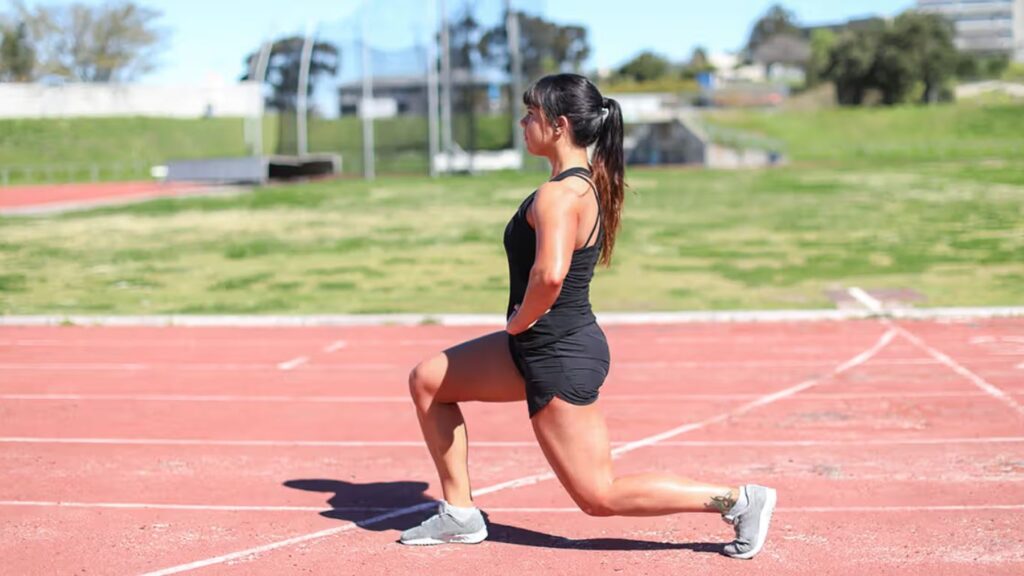
Walking lunges are a dynamic exercise that offers dual benefits for the legs: stretching and strengthening. As you step forward into a lunge, your rear leg’s hip flexors stretch while the front leg’s muscles, including the quadriceps, hamstrings, and glutes, work to support and stabilize your movement. This not only improves flexibility but also builds muscular strength and endurance. To enhance the exercise and engage the core further, you can incorporate torso twists. As you lunge forward, rotate your upper body toward the leg that’s leading the lunge. This addition activates the abdominal muscles and the obliques, increasing core stability and balance, making walking lunges a comprehensive workout component.
6. Butt Kicks
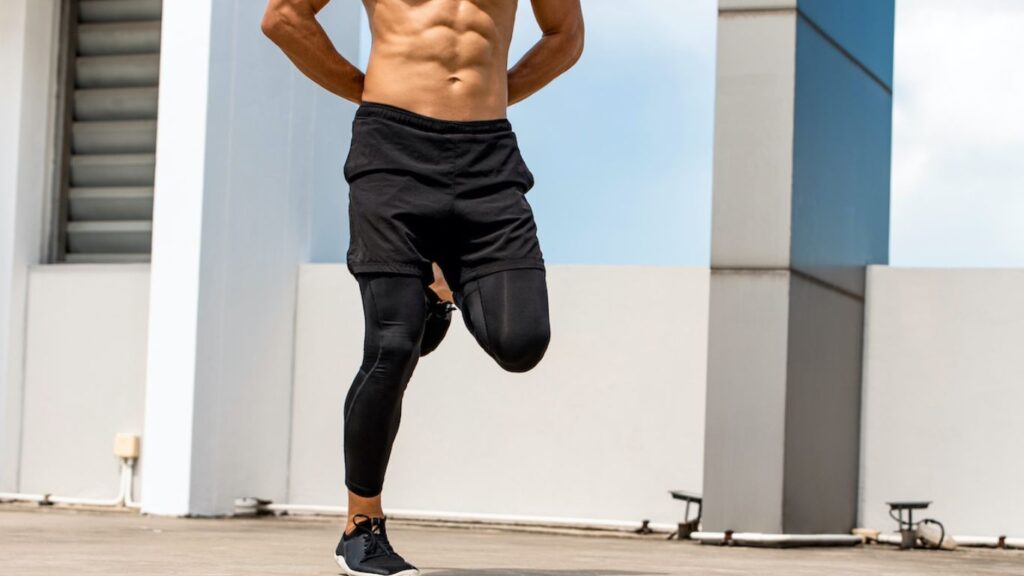
Butt kicks are a dynamic warmup exercise that effectively targets the hamstrings and glutes, preparing them for high-intensity activities. By simulating a running motion while pulling the heels up towards the glutes, this exercise increases blood flow and flexibility in the lower body. For individuals with knee issues, modifications can ensure safety and comfort. One such adaptation is performing the exercise at a slower pace or with less intensity, focusing on gentle, controlled movements rather than speed. Also, those with severe knee problems might consider performing seated leg curls or using a resistance band for a low-impact alternative that still engages the hamstrings and glutes without stressing the knees.
7. Plank Walkouts
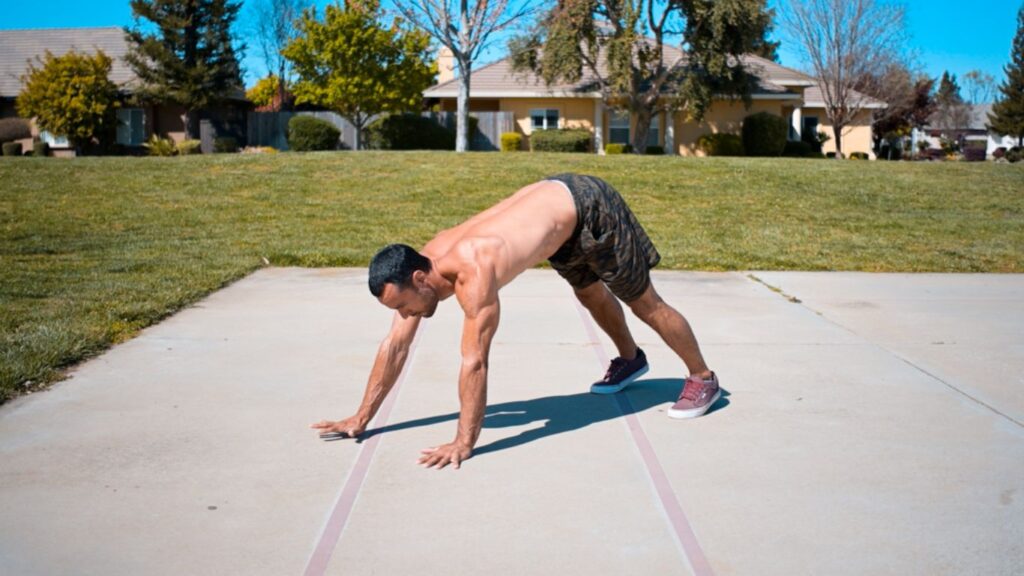
The plank walkout is a comprehensive exercise that targets several muscle groups at once, including the shoulders, core, and legs. To begin, start in a standing position. Slowly bend at the waist and walk your hands forward until you reach a full plank position. Ensure your hands are aligned under your shoulders and your body forms a straight line from head to heels. Engage your core to keep the hips stable and avoid sagging, which can stress the lower back. After holding the plank briefly, walk your hands back towards your feet and return to the standing position. This exercise not only builds strength across multiple muscle areas but also enhances stability and coordination.
Conclusion
Including these seven essential warmup exercises into your routine can significantly enhance your workout effectiveness and safety. By preparing your body through dynamic stretches, cardiovascular movements, and muscle activation, you reduce the risk of injuries and increase your overall performance. Each exercise is designed to target crucial muscle groups, ensuring your body is fully primed for the demands of more intense physical activity. Remember, a good warmup is just as important as the workout itself. Consistently performing these exercises can lead to better flexibility, strength, and endurance, ultimately helping you achieve your fitness goals more efficiently.
Also read: Muscle-Up Mastery: Techniques, Benefits, and Precautions
